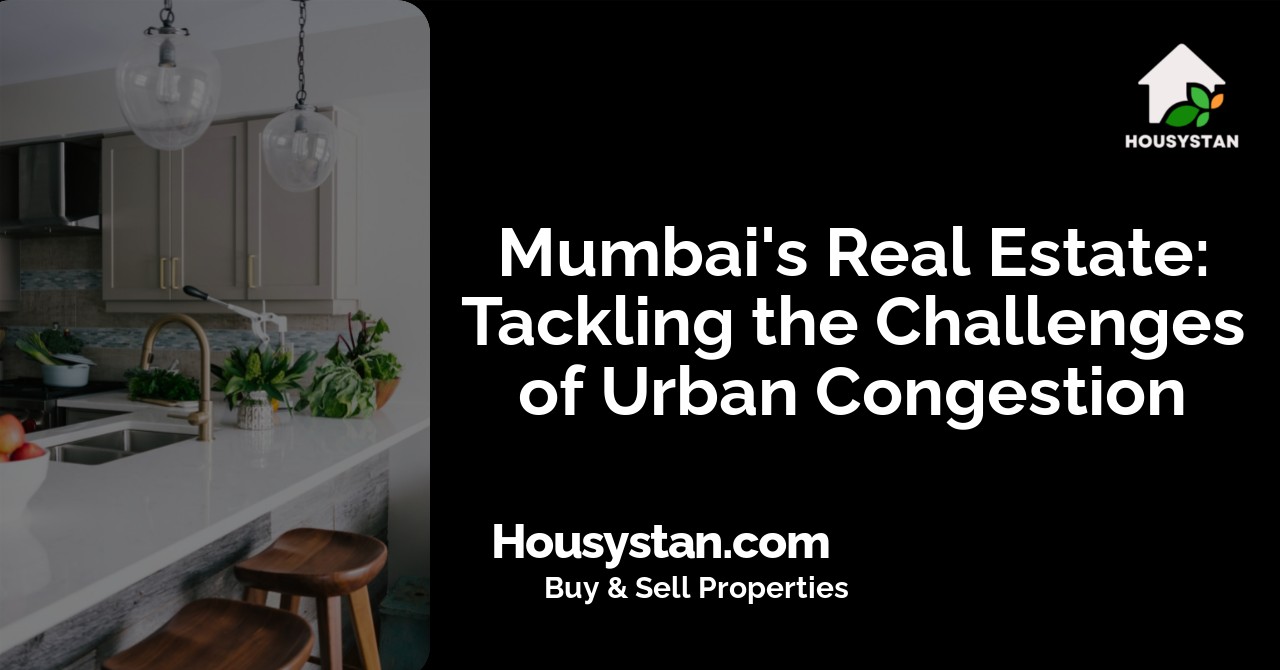Mumbai's Real Estate: Tackling the Challenges of Urban Congestion
Read latest blogs and articles from Housystan

The Information mentioned here was last updated on:
21/12/2025Mumbai, often referred to as the financial capital of India, is renowned for its dynamic lifestyle and robust economy. However, as one of the most densely populated cities in the world, Mumbai’s real estate sector continually faces the significant challenge of urban congestion. The rapid influx of residents seeking career opportunities has put immense pressure on housing, infrastructure, and transportation, making intelligent urban planning essential for a sustainable future.
Real estate developers and city planners in Mumbai are actively addressing these issues by prioritizing vertical growth and innovative architectural designs. High-rise residential complexes and mixed-use developments are becoming increasingly common, maximizing available land while offering modern amenities. This approach not only accommodates more residents but also integrates green spaces, recreational areas, and essential facilities within residential projects, enhancing overall quality of life.
Improving connectivity remains a top priority for reducing congestion. The expansion of Mumbai’s metro network, introduction of monorails, and upgrades to suburban railways are transforming daily commutes for millions. Enhanced transportation links between key business districts like Bandra-Kurla Complex, Lower Parel, and Navi Mumbai are encouraging the growth of new real estate hotspots. These developments are helping to decentralize commercial activity, reducing the burden on traditional city centers.
- Verified Tenants/Buyers
- Unlimited Property Listing
- Zero subscription/charges fee
Additionally, the adoption of smart city technologies is revolutionizing Mumbai’s real estate landscape. Developers are incorporating energy-efficient systems, advanced surveillance, and digital infrastructure to create safer and more sustainable neighborhoods. Government incentives for affordable housing and redevelopment of old structures are further driving positive change, allowing families from diverse backgrounds to find suitable homes within city limits.
Investors and homebuyers are increasingly attracted to emerging locales such as Thane, Powai, and Chembur, where planned development and improved infrastructure offer promising returns and superior living standards. As Mumbai continues to evolve, the city’s real estate market remains resilient by embracing innovation, sustainable practices, and strategic expansion. Tackling urban congestion with visionary solutions ensures Mumbai retains its status as a thriving metropolis and a preferred destination for real estate investment in India.